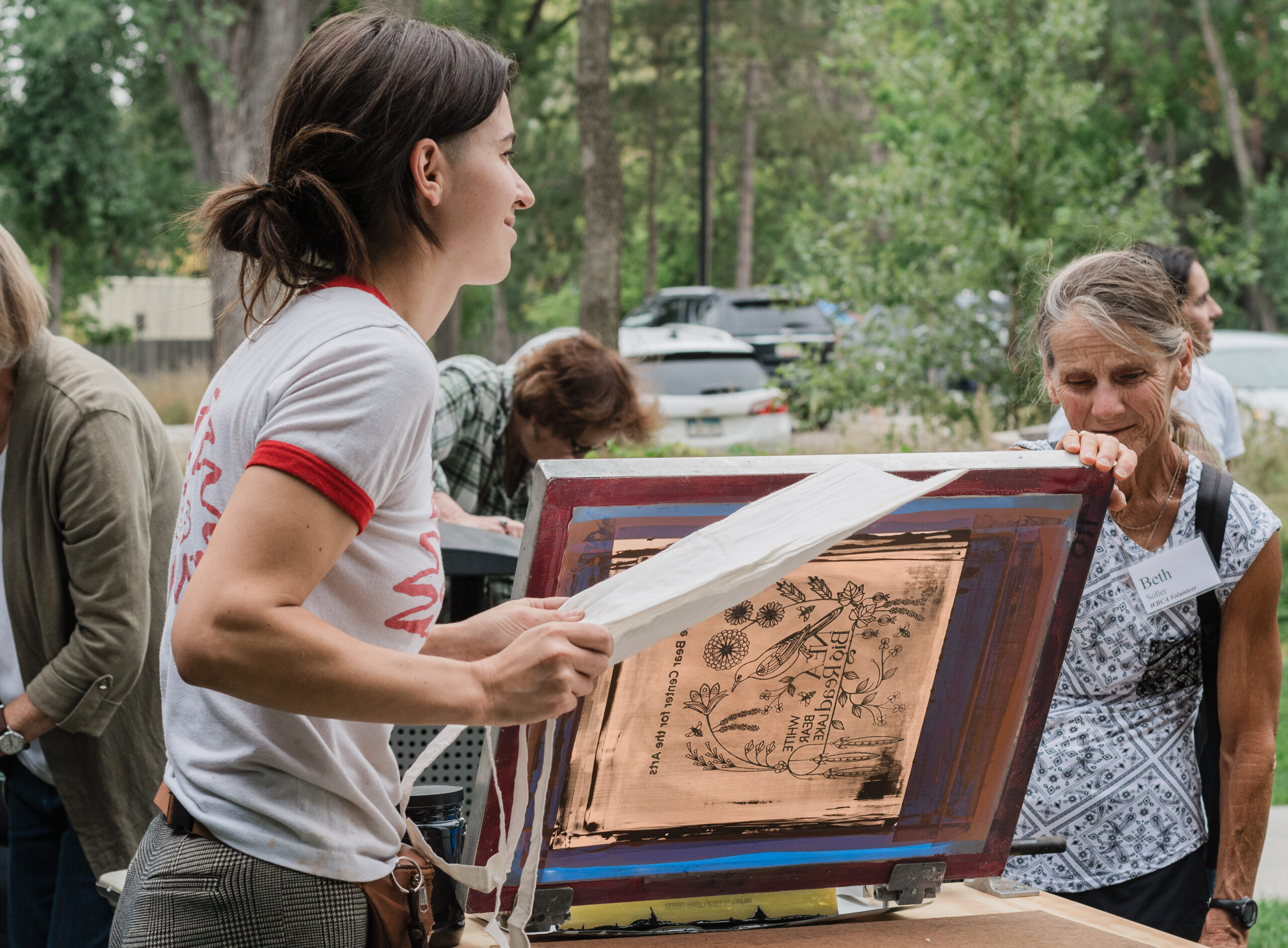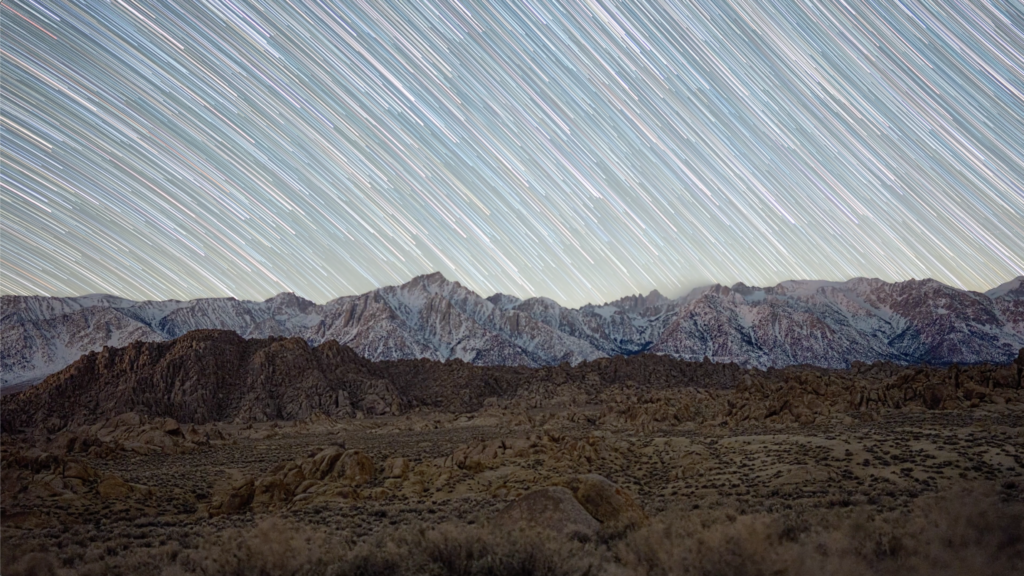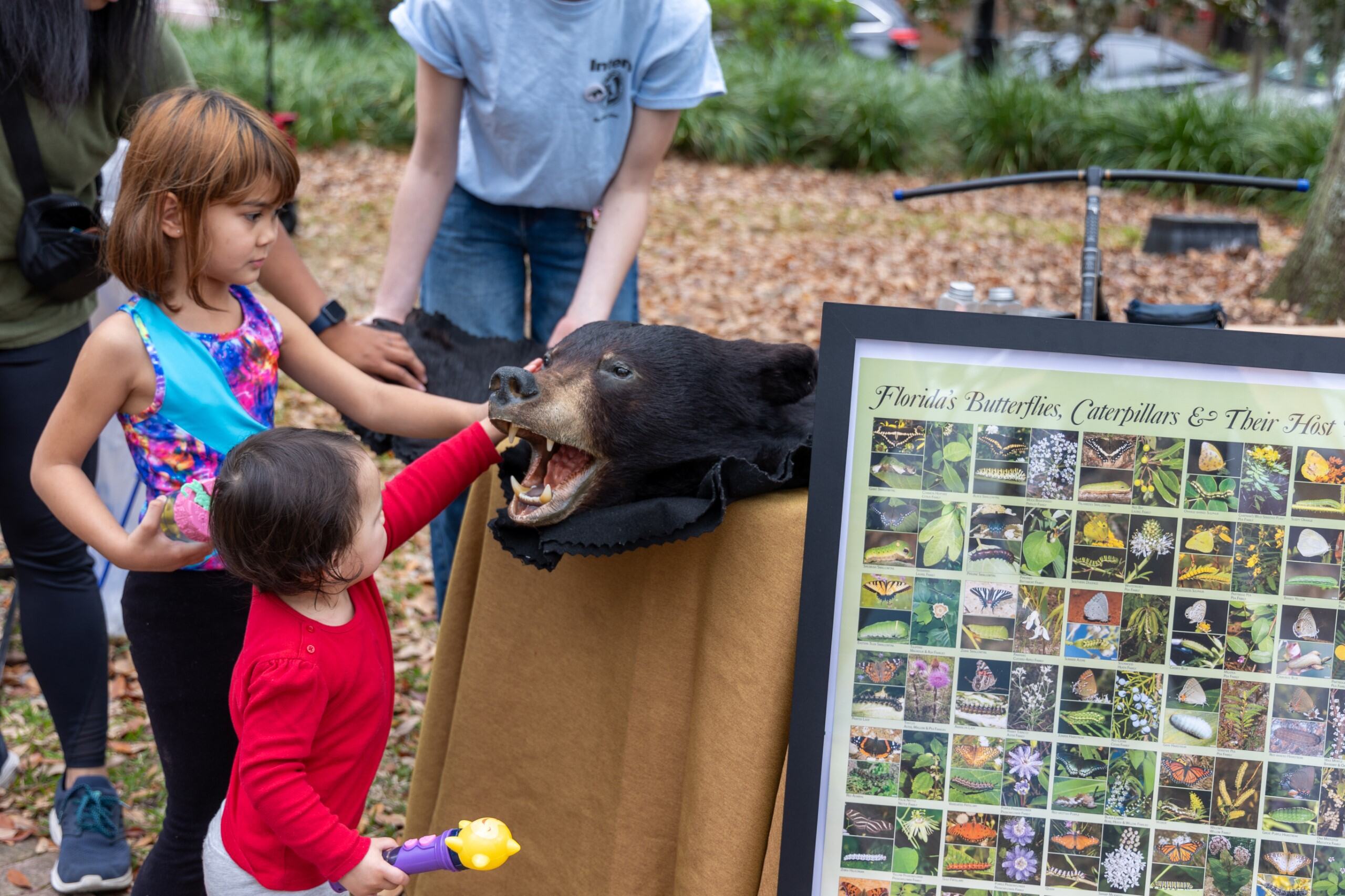As we launch the 2025-2026 NEA Big Read around the theme of Our Nature, we want to showcase tips for crafting nature-themed activities. Explore these real world examples from past grantees to get your creative roots growing!

Tip 1: Think creatively about partners
You don’t have to go down this trail alone. In fact, exploring partnerships with different organizations can enhance your initiative and help you reach audiences you may not have otherwise considered. Examples of nature-focused organizations, clubs, and resources to consider include:
- National Parks
- State Parks
- Conservation-focused organizations (such as Sierra Club)
- Garden clubs and programs
- Farmers’ markets
- Foraging clubs
- 4H clubs
As part of their 2024 NEA Big Read program, White Bear Center for the Arts in White Bear Lake, Minnesota, partnered with numerous organizations in their community to host book discussions and creative and educational activities. These partners included the Mahtomedi Garden Club, The Hmong American Farmers Association, and the Saint Paul Almanac. These partners not only brought a wealth of knowledge but helped create a wide array of activities for a diverse audience.
Another example is the K.O. Lee Aberdeen Public Library in Aberdeen, South Dakota. They partnered with the Natural Abundance Food Co-Op to host a farm-to-table event that showcased offerings from local meat and dairy farmers for their NEA Big Read. Facilitators then shared how to use those ingredients to craft healthy, locally-sourced, and budget-friendly meals.

Tip 2: Pair nature with other themes
There are many ways to explore the idea of the natural world. Try combining different sub-themes to find a new approach to the subject. Possible sub-themes you might explore are:
- The Environment – What is your community’s natural surroundings?
- The People – Who lives, and has lived, in your community?
- Industry and Culture – What landmarks, work centers, traditions, and other aspects define your community?
- History – What aspects of the past have influenced your community?
- Alternate Realities – What do you imagine your community could be or become?
The Central Arkansas Library System wanted to explore the history of their area and the people who inhabit it. So, they they partnered with the Arkansas Archeological Survey to display artifacts from Arkansas’ history. This allowed folks of all ages to learn about and interact with the objects such as pottery and stone tools.
In Hartford, Connecticut, the Hartford Public Library took another approach to local history: they hosted a walking tour of their city’s oldest graveyard in association with the Ancient Burying Ground Association.

Tip 3: Scale nature programs for different ages
Whether it’s a lecture on local wildlife, a guided nature walk, or a scavenger hunt, the great outdoors can be appreciated by people of all ages.
The Wichita Public Library in Wichita, Kansas hosted a STEM club for teens and pre-teens. This club included an art-making activity where participants learned about stones and crystals and their meaning to the Native people of the region. Kids then learned how to grow their own geodes!
Not wanting the adults to be left out of the fun, the library then hosted an NEA Big Read Mystery Night where participants investigated a (fake) murder at an archaeological site, exploring artifacts and learning more about the area’s natural and human histories.

Tip 4: Consider art projects
An out-of-this-world example of blending art and nature comes from the Fargo-based community arts nonprofit Spirit Room. They enlisted four artists to create art films inspired by Andrew Krivak’s The Bear. These films were then screened at the Minnesota State University Moorhead’s Planetarium.
Fortunately, you don’t need to venture into the cosmos to connect art and nature. As part of their NEA Big Read for Catalog of Unabashed Gratitude, Pennyroyal Arts Council brought their Hopkinsville, Kentucky community together to craft a mural on the side of a local business. A great example of how art, creativity, and the natural surroundings as a catalyst for communal connection.
At the Lewis & Clark Library in Helena, Montana, they hosted an exhibition of local wildlife photographer Lea Frye’s work. What better way to explore the natural surroundings and the critters within than through an artistic lens?
Read More
-

A Gratitude-Inspired Mural Brought This Community Together
April 16, 2024
Ross Gay’s poetry book Catalog of Unabashed Gratitude spurred murals, conversations, and connection in this small Kentucky city.
-

Inspired By a Book, These Artists Made a Planetarium Their Screen
March 11, 2024
Two art films, one focused on land and another an homage to the sky, were inspired by Andrew Krivak’s The Bear.
Tip 5: Bring in the experts
Let’s face it, nature and the environment can be incredibly intimidating and complex topics to tackle. Why not call in the experts?
That’s exactly what Lewis & Clark Library did for their program on bears. Working with educators from the Montana Department of Fish, Wildlife & Parks, they explored the local bear population and discussed ways to stay safe while out in bear country as a part of their NEA Big Read.
Later in their programming, they brought in storyteller, historian, and naturalist Greg Smith, a former Backcountry Ranger in Glacier National Park, to share his experiences in the wild.

Hopefully you found some inspiration here and have begun mapping out your own nature themed NEA Big Read. These five tips are only a starting point, a path towards strategic partnerships, dynamic programming, and creative connection. Feel free to explore, evolve, and adapt these tips in whatever way best serves your community. When in doubt, go wild! (Responsibly, of course.)
